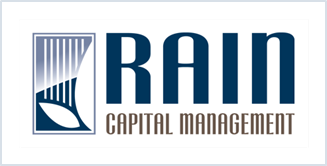Indexing has always been peddled as a cheap, tax-efficient and safe way to get market returns. While it is unquestionably the cheapest and among the most tax-efficient ways to invest, safe it is not, the research shows.
Because of their formulaic nature, many indexes are prone to distortions over time (as we saw in the late 90’s, valuations on tech stocks drove up their market capitalizations and caused the tech weighting of the Russell 1000 Growth Index to hit 50% by 2000. Again in 2007, high flying financials rose to 36% of the Russell 1000 Value Index the year before delivering crushing losses).
We seem to live in a world where the markets believe bad news is good news. The worse things get, the more excited markets become about yet another round of stimulus by the Federal Reserve. Whether it’s uncertainty around Greek elections or weak economic data, markets have supreme confidence in the willingness of the Fed to support financial markets during economic weakness.
During market turmoil, traditional portfolios often decline more than investors expect, due to different, seemingly unrelated, asset classes moving in unison. As Ben Levisohn and Joe Light of the Wall Street Journal write, traditional asset allocation fails to achieve stable and robust diversification.
Today, the Fed has engineered a situation in which the really unattractive asset classes are the ones we have always thought of as low risk: government bonds and cash. And unlike the internet and housing bubbles, this time it isn’t a quasi-inadvertent side effect of Fed policies, but a basic aim of them.
Our goal is to grow your wealth with the most robust and stable diversification possible. Risk limits, stress testing and so on may be very useful tools, but can’t overcome fundamentally flawed portfolio construction any more than a seatbelt can solve the problems inherent in reckless driving.
Overall, we’re cautiously optimistic about the recovery domestically, with an eye toward the various external macro forces that could disrupt it. As you know, we believe true diversification is a proactive process that requires looking under the surface of stated asset class objectives to identify underlying performance drivers and risks that could pervade multiple asset classes.
In financial markets, equilibrium is a constantly moving target; the textbook “steady state” or “balance” doesn’t exist in an open and global economy. Some external shock is introduced and markets adjust to find the new balance between supply and demand for different assets.
The renewed strength that the US economy began to show late last year has translated into a number of opportunities in credit and equities domestically. On the credit side, our managers are tilting away from richer high yield and treasury bonds in favor of mortgage-backed securities and high quality corporate bonds.



